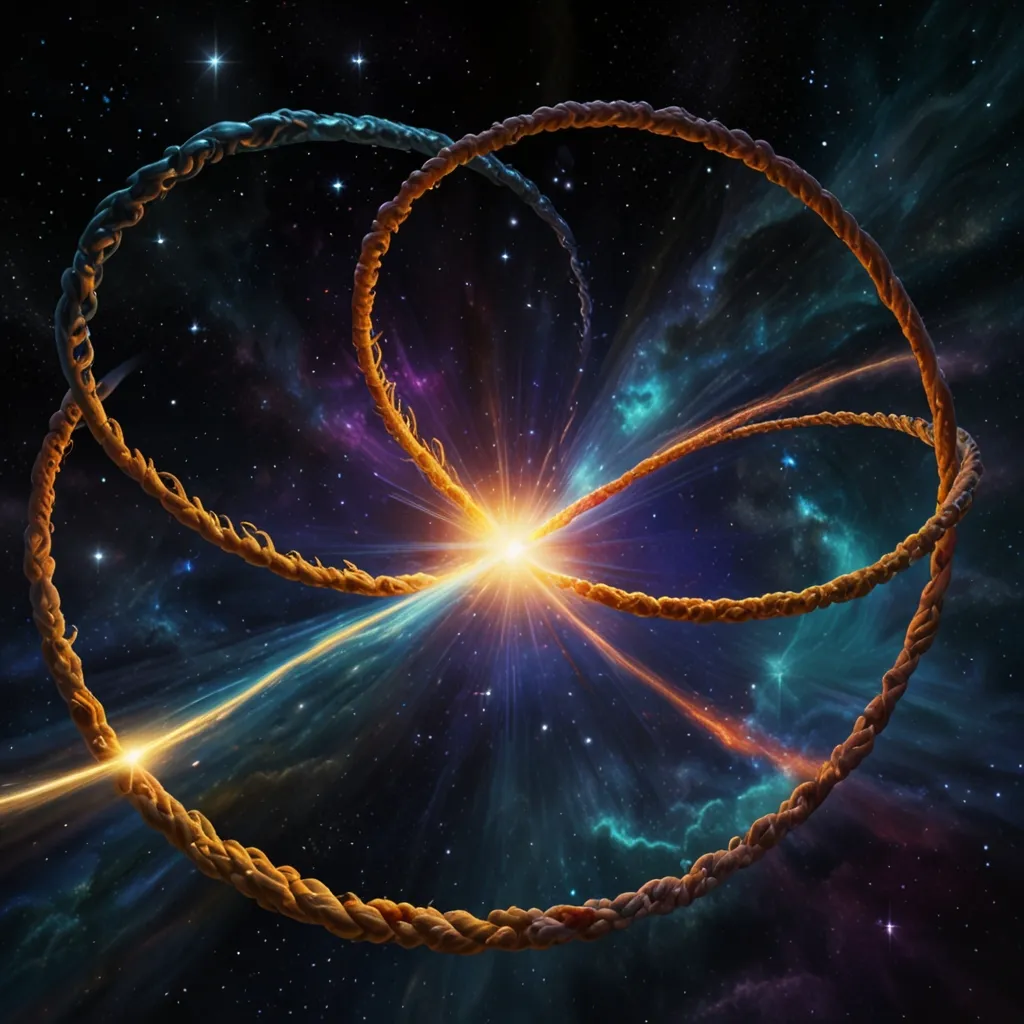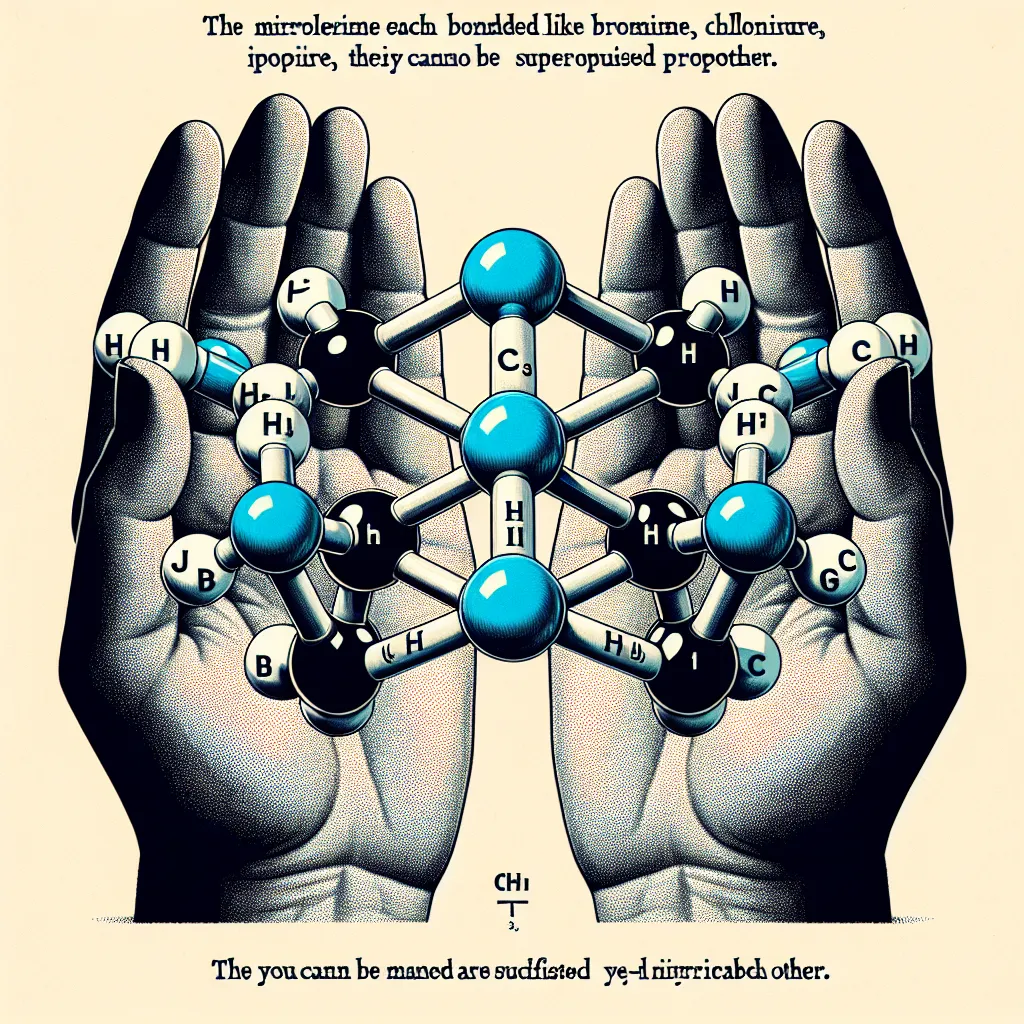Remember those fun gym class days of playing tug of war? Our teacher would split us into two teams and hand us a thick rope. Both teams would tug fiercely, and for a while, the ribbon tied in the middle barely moved until one side either lost its footing or got tired, making the ribbon suddenly collapse toward the victorious side. This childhood game surprisingly mirrors what happens in the universe – a celestial tug of war that maintains a delicate balance until it doesn’t.
When it comes to stars, the cosmic equivalent of tug of war involves gravity pulling inward and the outward pressure from fusion. For most of their lives, these forces are evenly matched. However, in large stars, this stalemate can end dramatically when they run out of fuel. Without fuel, the outward pressure from fusion drops, leaving gravity to take over, leading to a catastrophic collapse – a supernova. What follows the supernova is sometimes the birth of a neutron star or a black hole.
Let’s explore how a star transitions into a neutron star or a black hole. A star fuses elements in its core, creating outward pressure to balance gravity. This process starts with hydrogen and goes through elements like helium and carbon, eventually producing iron and nickel. Fusion stops at iron because it consumes more energy than it produces. Not all stars reach this stage – our Sun, for instance, won’t. But for those that do, the stopping point heralds dramatic changes.
When fusion halts, the core’s outward pressure declines, allowing gravity to crush the star inward. At first, electron degeneracy pressure steps in to halt this collapse. This pressure arises from the Pauli Exclusion Principle, which states no two electrons can occupy the same quantum state. It’s like a cosmic game of musical chairs with quantum mechanics ensuring there are never enough seats for all electrons, stopping the core from compressing further. The star’s core, now supported by this pressure instead of fusion, becomes a white dwarf – a dense remnant about the size of Earth but unimaginably heavy.
However, things get even more intense if the star’s mass exceeds a limit known as the Chandrasekhar limit (about 1.4 times the mass of our Sun). Once beyond this point, electron degeneracy pressure can’t hold back gravity, and the core temperatures soar to extreme levels. This leads to electron capture, where electrons combine with protons, forming neutrons and releasing neutrinos, turning the core into a neutron star. This neutron star is incredibly dense, compressing neutrons tightly, supported by neutron degeneracy pressure, as zero more space is available.
If even neutron degeneracy pressure can’t withstand gravity because the collapsed core exceeds about 1.5 to 3 times the mass of our Sun (the Tolman-Oppenheimer-Volkoff limit), the core continues collapsing into a black hole. This is a state where gravity completely dominates, and not even light can escape, making black holes appear “black.”
The life cycle of stars, from their fusion-powered life to their dramatic deaths, resulting in white dwarfs, neutron stars, or black holes, showcases the astounding forces and principles that govern our universe. Whether shining brightly in a supernova or hidden within a black hole, these cosmic events remind us of the incredible complexities at play in the cosmic tug of war.
For those curious to dive deeper into the marvels of gravity and its role in such cosmic phenomena, there are superb educational resources available that unpack these mysteries, bringing the fascinating tales of stars, neutron stars, and black holes to light. Understanding the physics at play gives us a glimpse into the universe’s grand designs and the forces that shape its destiny.






